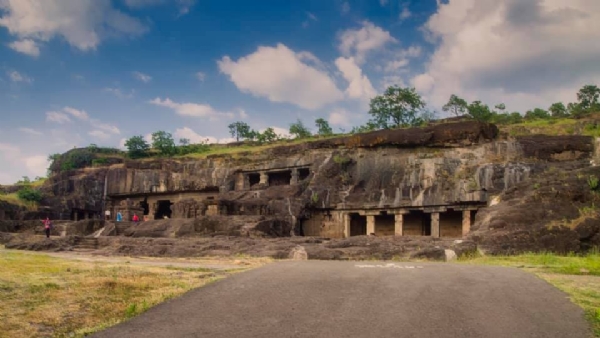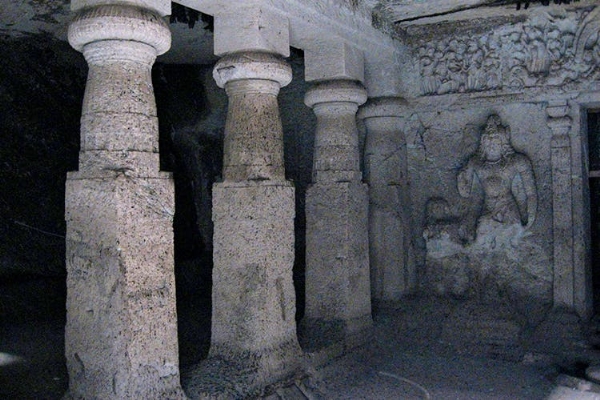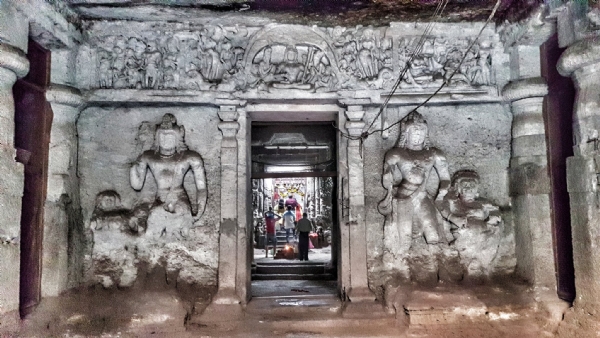Jogeshwari Caves, salvaging the beauty lost in time
The caves seen today are the last of the Mahayana Buddhist architecture structures, later taken by Hindus; Jogeshwari Caves are at least 1,500 years old, excavated during the unearthing of Ajanta and Elephanta caves.
Total Views |
Located in the very heart of Mumbai, the Jogeshwari Caves are some of the oldest cave temples in the entire country, along with being the largest. These former Buddhist cave temples date back to the 6th century and now host both Hindu and Buddist sculptures. There are various temples of Lord Hanuman, Shiva, Ganesha, and of Goddess Jogeshwari, also known as Kuladevi within the caves, having locals worship them. Those who appreciate rare architecture will have an eye for these beautiful caves. This is also an ideal place for history buffs, as the rocks here embed rich past, dating back centuries.




The region in and around Jogeshwari Caves experience has tropical wet & dry climate and hence, the summers here are extremely hot. Hence, the best time to visit Jogeshwari Caves is from October-April. These caves, considering their limited popularity among locals and students looking for a quiet place to study, had been severely neglected by authorities until just a few ago. Water and sewage-filled the premises however, an ASI-appointed agency now takes care of the caves and does a routine clean-up and a maintenance check. If you are a traveller that loves exploring hidden places, then Jogeshwari Caves are the place to be!
The Jogeshwari caves date back to around 520 BC! The caves seen today are the last of the Mahayana Buddhist architecture structures, later taken by Hindus. Jogeshwari Caves are at least 1,500 years old, excavated during the unearthing of Ajanta and Elephanta caves. They were formally known as Amboli caves. The caves are curbed by rocks on both sides.

There are Buddhist shrines and temples in the caves because before the caves were actually built, there were Buddhist Shrines under the Vakataka Dynasty during the 1st century BC. The Hindu community living in that region were prompted to do the same and thus the temples came into existence.
Also Read | Kalighat Kali temple, the sacred Shakti Peeth of Kolkata
The entrance to the caves has a flight of stairs leading devotees to the main hall of the immense space. This main hall has many pillars with a Lingam at its ends. Six such pillars form the central section of the cave. Many idols of Hanuman, Ganesha & Dattatreya detail the walls. Moreover, the cave also has footprints of Goddess Jogeshwari or Kuladevi, whom the area is named after. Goddess Kuladevi is worshipped by Gujrati Brahmins along with select Marathi people too. Hence, there is also an idol of Goddess Kuladevi here.

The issue of maintaining the place still isn’t completely solved. The place has been declared a monument of national importance, but despite that, needed efforts weren’t made to nurture it. Not just ASI but also the local communities should contribute into restoring the caves. The neglect these caves were given is a glaring proof of the lack of accountability. It seems like a losing battle when the question of saving our heritage is put on the table.


